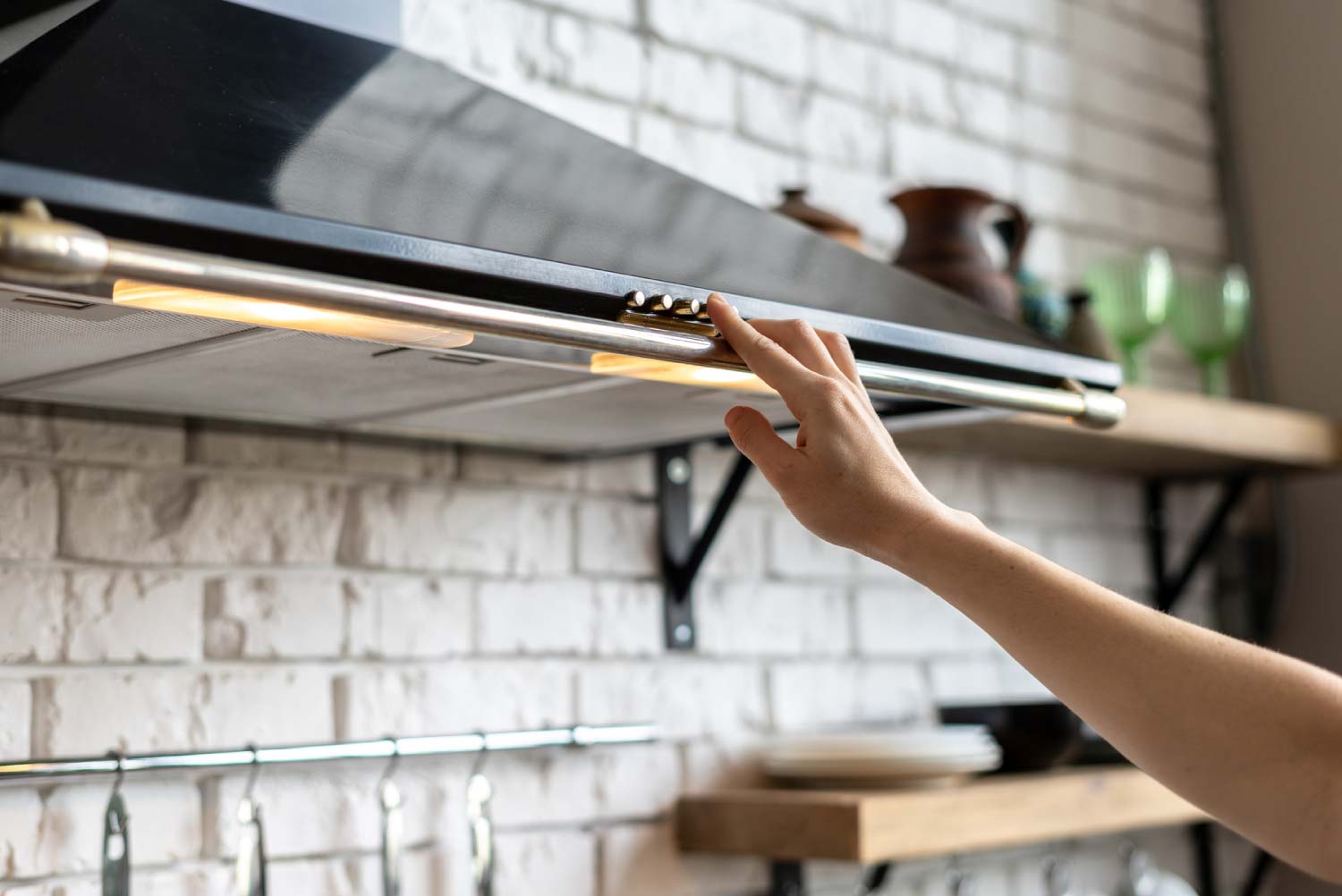
Apartment cleaning costs vary considerably depending on the cleaning frequency, the apartment's size, and its inhabitants' cleanliness.
Not every hack you’ve heard of passes muster


Bleach and vinegar aren’t appropriate for all cleaning jobs.
You don’t need a specialized cleaning supply for every task.
Clean air and bacteria-free surfaces aren’t achievable with a simple spray.
We’ve all heard our share of quick-and-dirty cleaning tricks, but some of them are just plain dirty. Whether they give a false impression of cleanliness or cause more harm than good, some “hacks” aren’t doing you or your home any favors. Let’s clear the air of these cleaning myths for good.
Many swear by stocking their cleaning cabinets with a solitary jug of bleach, but it’s not always the best cleaner for the job. It can lighten stains and kill bacteria, but it won’t lift dirt or tackle greasy messes. You should primarily use it as a final step for sanitizing after a thorough clean with the appropriate products.
Also, be sure to follow good safety practices when using bleach, like refraining from mixing it with other chemicals and ventilating a room well.
Vinegar has tons of great uses, but it shouldn’t be an all-in-one cleaner for every surface. Due to its acidic properties, it can cause corrosion on many hard surfaces, such as stone, glass, metal, and even grouts. Always do your research before attempting to clean a new surface with your trusty bottle of white vinegar.
Baking soda is one of your best tools for an odor-free home, but it can only absorb odors. Many carpet smells come from a source that you’ll need to tackle—usually the stinky particles leftover from a mess. To deal with the smells thoroughly, you will need to remove the source with a steam cleaner or blot until you completely lift any stains.
Have a local carpet cleaning service clean your carpets annually to keep them clean and fresh.
Feather dusters have long been the quintessential method of removing dust, but they actually don’t remove any dust at all—instead, they just release it into the air. While these make a great toy for your kitties, you’re better off saving the dusting for a microfiber duster or cloth. The clingy fibers will ensure that dust gets lifted rather than simply moved around.
That can of tropical-scented air freshener may help hide your teen’s smelly socks, but it’s not enough to fully purify the air. You’ll still get left with the odor, just slightly masked by the spray—and the “pina colada in a gym locker” scent definitely isn’t what you were seeking.
What’s more, sprays that boast “odor-neutralizing” capabilities don’t fully clean the air either. These use chemical compounds to trap odor molecules, but you’ll still need a way to circulate air to ensure it’s purified. An air purifier is an excellent choice, but opening a window is a perfectly viable solution all the same.

If only killing germs and viruses was as easy as getting trigger-happy with a can of disinfectant spray, but this isn’t the case. According to the CDC, these sprays don’t clean surfaces and remove germs on their own. Instead, they can eliminate lingering germs after a surface gets fully cleaned.
Pre-clean with all-purpose cleaning spray and a cloth or paper towel to ensure your home stays clean and germ-free. Then, hold the disinfectant can upright 6 to 8 inches away and spray down the entire surface. Follow the instructions on the packaging and wait the appropriate amount of time to ensure it’s fully disinfected before wiping it away.
This plumbing myth masks itself as an effortless way to keep your toilet clean, but it can actually cause major damage. Over time, the chemicals in these drop-in toilet tablets can corrode the working parts inside the toilet tank. Bleach tablets are especially harsh and can ruin your toilet in less than a year.
Instead, keep some bowl cleaner and a brush nearby to clean it the old-fashioned way.
The cleaning aisle is chock full of products for every mess and surface, but don’t fall for the marketing. For most jobs, look no further than your pantry or medicine cabinet.
For starters, vinegar and baking soda can clean tons of surfaces in your bathroom, kitchen, laundry room, and even your outdoor space. Vinegar has many clever cleaning applications on its own as well, from cleaning mirrors and glass to removing mineral deposits from your showerhead. Again, it can’t clean everything, but in a pinch, it may be worth looking up what you can wipe away with this pantry staple.
Rubbing alcohol is another multitasking superhero that can remove paint stains from clothing, clean your kitchen sink, and help remove sticky spots (including those pesky toothpaste splatters on your bathroom mirror). However, steer clear of treated, painted, or lacquered surfaces, as alcohol can damage the finish.
As ubiquitous as they are, spray mops aren’t the greatest way to keep your floors clean. While they do fine at removing everyday dirt, the spray can leave a film that attracts more dirt and dust. Conveniently for those who market these mops, you’ll end up using more spray and floor pads to mop more often—and you’ll be shelling out for refills soon enough.
Instead, stick with a bucket and a microfiber mop, which will trap dirt and dust as you clean—bonus points for being far less wasteful.
This cleaning myth was true back in the day before we had high-efficiency dishwashers. More often than not, you’ll actually use more water by washing dishes in a soapy sink and following with a rinse than you will by filling up the dishwasher and pressing start. The key is making sure the dishwasher is full before running a cycle.
From average costs to expert advice, get all the answers you need to get your job done.

Apartment cleaning costs vary considerably depending on the cleaning frequency, the apartment's size, and its inhabitants' cleanliness.

Discover the average kitchen hood cleaning cost, what impacts pricing, and how to budget for this essential maintenance. Get tips to save and keep your kitchen safe.

Call in the professionals when your delicate drapes need a deep clean. Let's take a look at drapery cleaning costs and which factors can sway the price tag.

Does your water taste off? It may be time to clean your water dispenser. Use this guide to learn how to clean a fridge water dispenser.

Steam cleaning makes your floors feel spotless without harsh chemicals. However, certain areas benefit from steam more than others. Here’s what you can clean with a steam cleaner.

If you’ve just installed new tiles only to find them covered in a dull film a few days later, don’t panic. We’ll show you how to remove grout haze promptly and effectively.